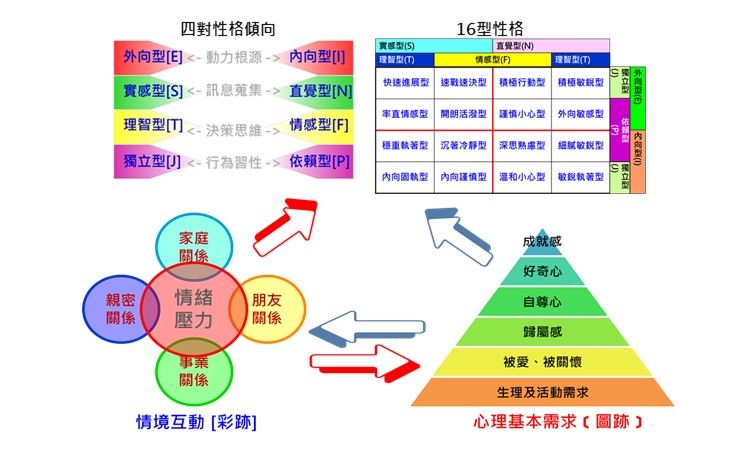"Work" is also not acclimatized |
We often see the following cases in the workplace (dialogue)
Director B: Nobita is a very good salesperson. Last year, the company had to raise prices to customers because of rising costs. He took advantage of this opportunity and suggested that customers recommend products to other departments of the company, so as to delay the price increase for one quarter. The current performance has grown by 50%. I also took advantage of the situation to promote him as an assistant manager to lead the business team.
But recently there are some voices: for example, he is explaining the goal or delivering the task, and he often changes the order and makes the business people do not know the direction. He sometimes visited the senior executives who were in charge of the client in private, but kept silent when he came back... I don't know how to discuss these situations with him.
Director A: I believe that Nobita has good business skills, so I will be your helper. Recently, I seem to be very preoccupied, and I always sigh halfway through my speech, …. Then it is mentioned that competitors have developed a new generation of products, adding many functions, we have to adjust the marketing focus; at the same time customers also reflect... .
I think he might not know how to switch from "business person" to "leading business team" (smile). I suggest you talk to him and teach him a unique skill (wink)
Suggest
I often hear people say: what wakes me up every day is not an alarm clock, but an ideal. When we move or change step by step on the career ladder, the original goals or ideals also change, although "don't forget the original intention" remains the same as "change things." The new role requires new goals and skills. It is recommended that Director B and Nobita prepare for a one-on-one interview, including: task goals and situational challenges of the new role, team member characteristics, planning and learning, guiding changes and building a team.
According to "Fortune" magazine report: 80% of the top 500 companies and 89 of the top 100 companies use the personality trait assessment to analyze the personality traits of employees, so that they can be suitable for the right place, give full play to their advantages and Strengths, have a successful career, so character traits and job matching are very important.
There are many personality assessment tools in the market, including DISC, Big Five, Enneagram, etc., all of which have different theoretical frameworks. Among them, SI assessment (Smart Integration: wisdom integration) combines Swiss psychologist Jung's personality analysis theory and daily life situational problem feedback to evaluate individual personality traits. Understand the subject's current situational pressure and the degree of satisfaction of basic psychological needs, and provide more information and suggestions for the subjects and their supervisors to refer to through multi-dimensional (personality, image, color) diagnosis, so as to "fit for the right place" ” arrangement and adjustment.

share
I remember that a business executive brought Mr. C into the team according to the results of the SI personality evaluation (the cheerful and lively type). He also performed well as expected, but the manager found that Mr. C’s color trace showed a red light, indicating that he had a great deal of tolerance. situational stress. Later, I learned about the evaluation time. During the three-month trial period of the new recruit, he was trying to familiarize himself with an unfamiliar environment, so he was under a lot of psychological pressure. Fortunately, his personality traits were suitable for business work, so he could play his advantages.
Like my work? Don't forget to support and clap, let me know that you are with me on the road of creation. Keep this enthusiasm together!
